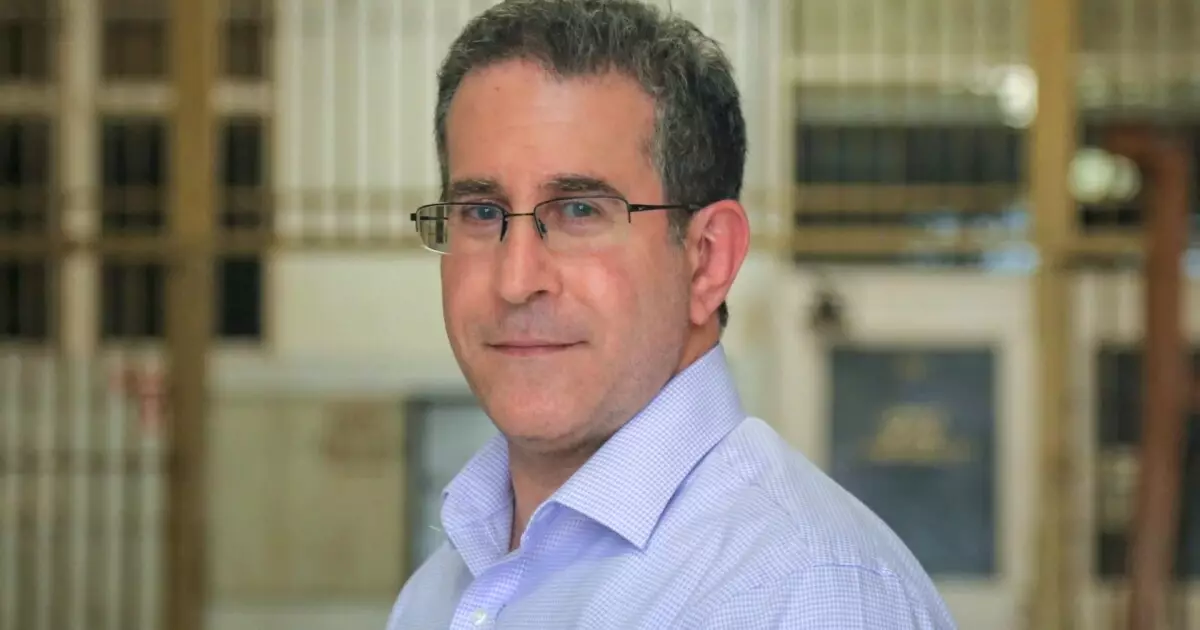Jay Olson’s tenure in New York City’s financing program since 1998 has equipped him with a unique viewpoint—a lens sharpened by historical crises such as 9/11, the Great Recession, and the COVID-19 pandemic. Yet, the financial fluctuations of recent weeks have posed challenges that rival those somber events. In a candid reflection, Olson illustrates the context of his current predicament, signaling that this new strain isn’t born of tragedies but rather from economic uncertainties that grip Wall Street. As he recalls the chaotic echoes of past crises, it’s evident that the pressures today are not merely situational but symptomatic of deeper systemic troubles lurking within financial markets.
The City’s Bold Financial Movements
Against this backdrop of turbulence, New York City issued $1.57 billion in bonds, demonstrating a surprising resilience typically associated with a strong economy. These bonds consisted of tax-exempt general obligations (GOs) and sought to address an urgent need for capital amid rising interest rates. Rather than retreating in fear of market volatility—taking the conservative route observed in many issuers—Olson’s team decided to push forward, reliant on the city’s collective strength and essential stature in the market.
This decision-making is not merely about addressing immediate financial needs; it reflects a paradigm shift within fiscal management. Olson stated that “later isn’t open” because the needs for funding cannot be delayed. This urgency exposes the ambitious drive of city officials to stay ahead in a market that could potentially carry them backward if they were to hesitate, an unfortunate reality in communal fiscal responsibilities.
Market Dynamics: Risks and Rewards
The bond pricing yielded results that are not disastrous, but certainly less than ideal. Ranging from 3.10% to 4.87%, such rates could be seen as a necessary evil for securing funding. Olson expresses his realistic understanding of the market, acknowledging it would be “better” if those numbers were lower, yet pragmatically accepting the current climate. Lower yields might have facilitated more projects and initiatives, but they are a reflection of a marketplace reeling from uncertainty.
In stark contrast to New York’s ambition, other municipalities have opted to withdraw from market activities, wary of the ramifications of fluctuating investor confidence. This raises pressing questions about the long-term sustainability of municipal borrowing and investment, suggesting a potential area for policy reassessment at both local and federal levels.
Tapping into Investor Confidence
Despite the latest market tumult, analysts like Patrick Luby of CreditSights foresee a rebound in the new issue market. The expectation is that hesitant issuers will eventually return to the table, driven by the pressing demand for infrastructure and services. Yet, the significant financial conditions—namely high volumes and tepid reinvestment demand—should not be taken lightly.
New York City’s financial needs are substantial. Olson hints that the sheer volume of required capital—approximately $18 billion—places the city in a unique position. It is not just about meeting capital needs; it’s also about investor psychology. For discerning institutional investors, the city’s GOs represent a cornerstone of stability. The political turbulence—threats of funding cuts and legal confrontations at the federal level—has complicated this perception, yet it has not deterred interest, with the massive economy of the region holding significant allure as a foundation for smart investment.
The Imperative for Strategic Resilience
In this multifaceted financial environment, New York remains a critical player. Olson recognizes that while threats from the federal sphere could alter the calculus of risk, they aren’t fundamentally undermining the city’s credit strength. The systemic interdependencies of institutional finance pose risks, but they may also present opportunities as investor portfolios seek diversification beyond corporate bonds.
Moving forward, Olson’s team must navigate a landscape that is fraught with unpredictability. The looming tariffs, the lack of clarity in the corporate investment-grade market, and the volatility inherent in municipal finance compel a response characterized by both agility and conviction. There’s an intrinsic pressure mounting on the financial team to strike a balance between urgency and prudence—a delicate tightrope walk that could determine not only the city’s financial future but the trust of its residents and investors alike.
Risk is an inherent part of political and financial strategy, and in an age dictated by uncertainty, the resilience demonstrated by New York City may ultimately serve as a beacon for others facing similar trials.

